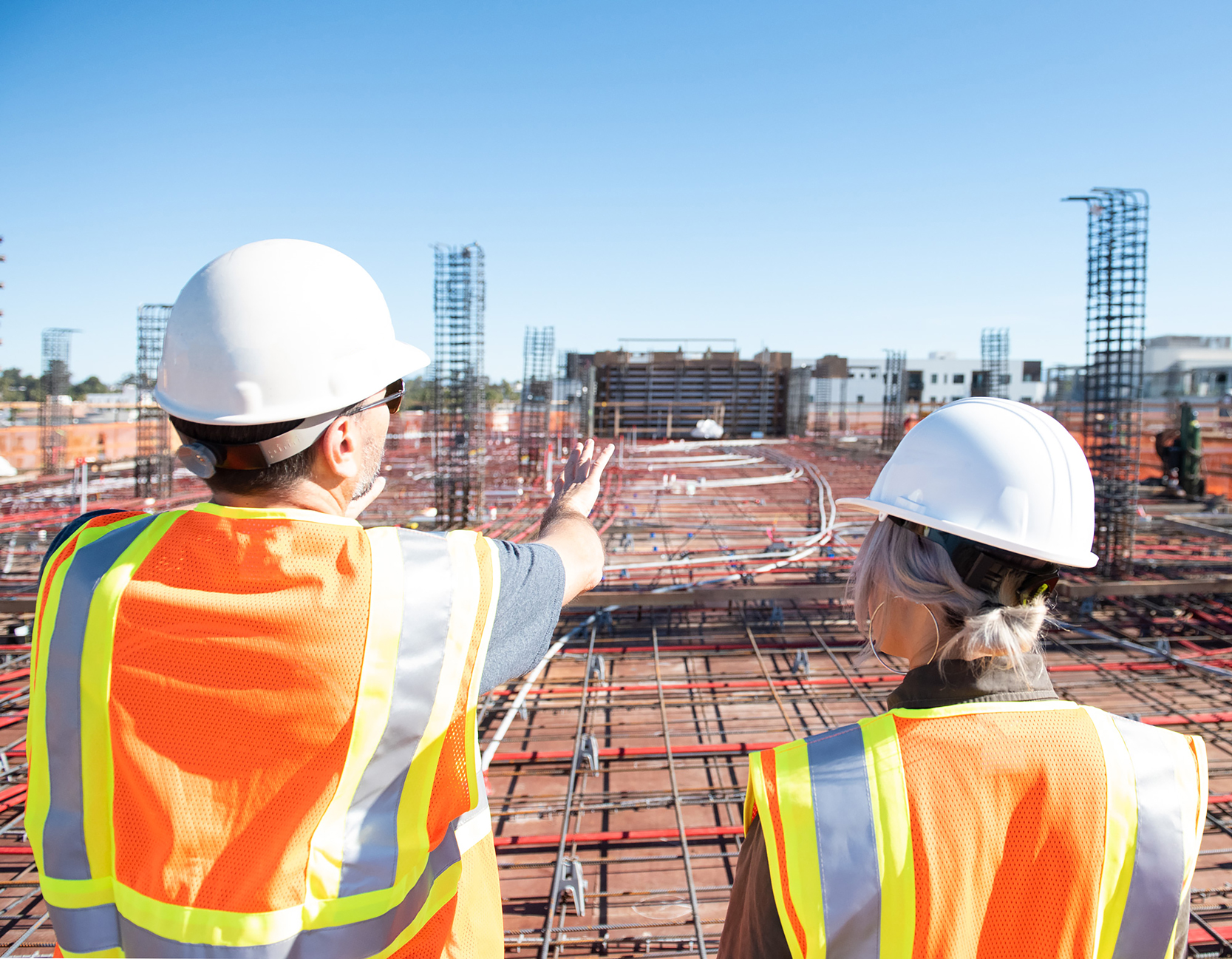The success of a project is dependent on the effective management of each stage of the project life cycle as well as the project as a whole, and planning looks different at every stage of the life cycle.
Every typical construction project goes through the following stages: concept, design, tendering, pre-construction, construction, and commissioning.
Here’s what you need to know about construction planning at each of the 5 main stages of a project:
1. Conceptual Stage
In the conceptual stage, planning revolves around defining the project’s scope, budget, and development strategy based on client needs and main objectives, and creating a comprehensive project brief.
This will include strategic planning and scheduling functions, with schedules created for the overall project, as well as the conceptual stage.
The planning in terms of the overall project schedule will not be extremely detailed but will show a logical sequence of key activities to be completed at each stage, and the relationships among those activities. The schedule to manage the conceptual stage will include more detail, especially highlighting key decisions and important submission dates.
Part of planning at the conceptual stage is foreseeing potential staging, coordination, and integration issues that may arise.
2. Design Stage
In the traditional design stage, the creative nature of this task makes it difficult to stick to a rigid timeframe.
Regardless, planning in the design stage needs to account for setting aside sufficient time for the following:
- the various sub-stages of design and documentation
- the allocation of necessary resources
- cost and detailed schedule production checkpoints
- monitoring and controlling the design process to ensure the work is completed on time and within budget
Design stage planning mainly revolves around the development of a design management plan, short and medium term schedules of design activities, and a schedule for drawings.
3. Tendering Stage
In the tendering stage, planning involves the selection of a contractor procurement method, and the tendering and negotiation of contract(s) between the Principal and Contractor(s), often overlapping with the design stage of the life cycle.
It is common at this time for there to be the development of a construction strategy and a sufficiently detailed tender schedule that focuses on issues such as type and nature of project, site location and conditions, and contract conditions.
This construction strategy and tender schedule is typically used by bidding contractors to help estimate the time for the remaining design and construction of the work, and to assist in calculation of time related cost that forms part of the tender proposals.
It is important that the tender schedule is detailed to a level that is commensurate with the level of design documentation, matches the contractor's design and construction strategy, addresses the commercial risk allocation under the proposed form of contract(s), and demonstrates how the contractor proposes to meet the client's project requirements.
4. Pre-construction and Construction Stages
In the pre-construction stage, planning revolves around affirming the final structure of the Work Breakdown Structure (WBS) and the development of an overall construction schedule.
The construction schedule needs to take into consideration several issues, including: risks, off-site activities, production of shop drawings, lead times for design and authority approval processes, orders of materials and equipment, delivery and installation of temporary construction equipment, and detailed construction sequences that match the construction strategy. This requires the contractor to coordinate well with subcontractors and suppliers of equipment and materials, and get their input into scheduling.
Then, in the construction stage, planning involves using the developed construction schedules to control the production process, with the schedule being reviewed and updated at regular intervals. Short-term schedules will also need to be prepared each week to manage date-to-date construction activities.
5. Commissioning Stage
Planning in the commissioning stage requires the creation of a schedule with a time-scale in weeks or days, to organise and control a wide range of activities including completing any minor omissions of work under contract, finalise commissioning of all services, and repair any identified defects.
Commissioning stage planning has to take into account that the client may take possession of or occupy the project although it is not fully completed, and tenants may even commence tenancy fit-outs whilst the base build construction phase is ongoing.
It’s clear that effective planning is imperative to successful project execution. By understanding the distinct planning requirements of each construction phase, project stakeholders can better anticipate challenges, mitigate risks, foster effective collaboration, and adapt across the 5 project life cycle stages.
Want to learn more about project programming and scheduling techniques? Check out Zancon Founder Adam Zantis’ book Programming and Scheduling Techniques.
If you need help with construction planning for your current or future project, our friendly team of experts at Zancon can help. Reach out to us for an open, no-obligation discussion!

